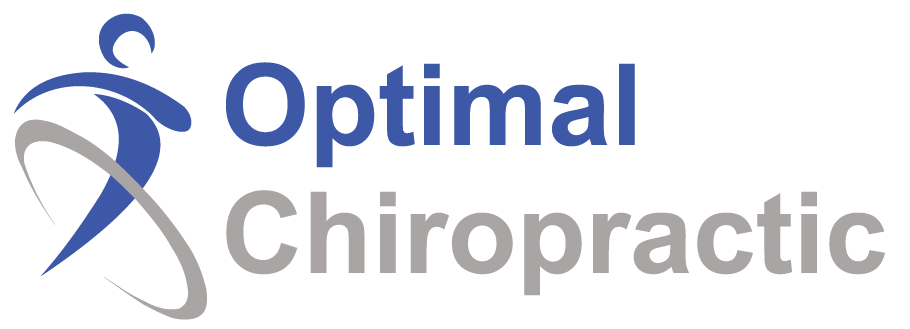There are many different forms of pain relief for injuries and joint pain. One common method of pain relief used in medical offices includes Cortisone or Corticosteroid Injections. Cortisone is used to treat many conditions from allergies to joint pain. It is meant to target and reduce inflammation in the body, and is often used to treat arthritis, bursitis, acute or overuse injury, and many more.The advantage to cortisone injections is that it provides relief of localized inflammation. It generally works faster than NSAIDs and is more specific to the location of the pain. Another potential benefit is that it does not cause stomach irritation and gastrointestinal problems over the long run like Aspirin and other NSAIDs.While cortisone many times provides quick relief of pain, the list of potential side effects and disadvantages can be a major drawback. Short term effects of corticosteroid injection may include soreness, bruising, or increased pain and swelling at the site of inflammation. This is called “post injection flare” when the area of involvement becomes aggravated. It may also cause tendon weakness if the injection is done in or near tendons around the joint. Less common effects may include sweating, difficulty sleeping, and possible nerve damage.The more significant problems with cortisone come with long term use. Joint pain and arthritis which are continually being treated with injections to decrease pain. Some of the long term side effects can include:• Thinning of the skin• Weight gain and puffiness in the face• Acne (from steroid use)• Increased blood pressure• Cataract formation in the eyes• Thinning of joint cartilage• Weakening of ligaments• Increased inflammation• Possible infection• Thinning of the bone or Osteoporosis• Less commonly, Avascular Necrosis or Osteonecrosis (death of bone tissue due to lack of blood supply)When it comes to joint pain, injury, and arthritis, it is important to remember that just because the pain is gone, does NOT mean that the problem has been fixed. Some of the long term side effects associated with steroid injections can be potentially dangerous. For example, thinning of cartilage may lead to further degeneration and arthritis in the joint. Weakening of tendons and ligaments can lead to tears and further damage within the joints. With osteoporosis, the bones become thin and brittle making them more fragile, which may lead to fractures, just to name a few.Corticosteroids are not exactly "pain relievers," however, pain is reduced because they decrease inflammation. Some people experience weeks to months of relief, while others notice little to no change in symptoms depending on the condition being treated. Inflammation can continue to come back if not treated appropriately.So are we saying inflammatory medications and injections should never be used? Not necessarily, there is a time and place for different types of treatment. However, injections should not be used to continuously treat the underlying problems which may exist. Many acute and chronic conditions take TIME to heal, and the longer you wait, the longer it may take to correct. Chiropractic care treats the root of the problem, focusing on proper function of the nervous and musculoskeletal systems to allow the body to heal.At Optimal Chiropractic, we understand that each patient is unique, and not all pain can be treated the same way. We customize our treatments for each patient based on their functional and lifestyle goals. We utilize a combination of chiropractic care, soft tissue therapies, and rehabilitation techniques to speed healing and address all tissues of the human body. Give our office a call today to see how Dr. Chris and Dr. Emily can help you, or someone you know with your health needs, (208) 777-4305.
